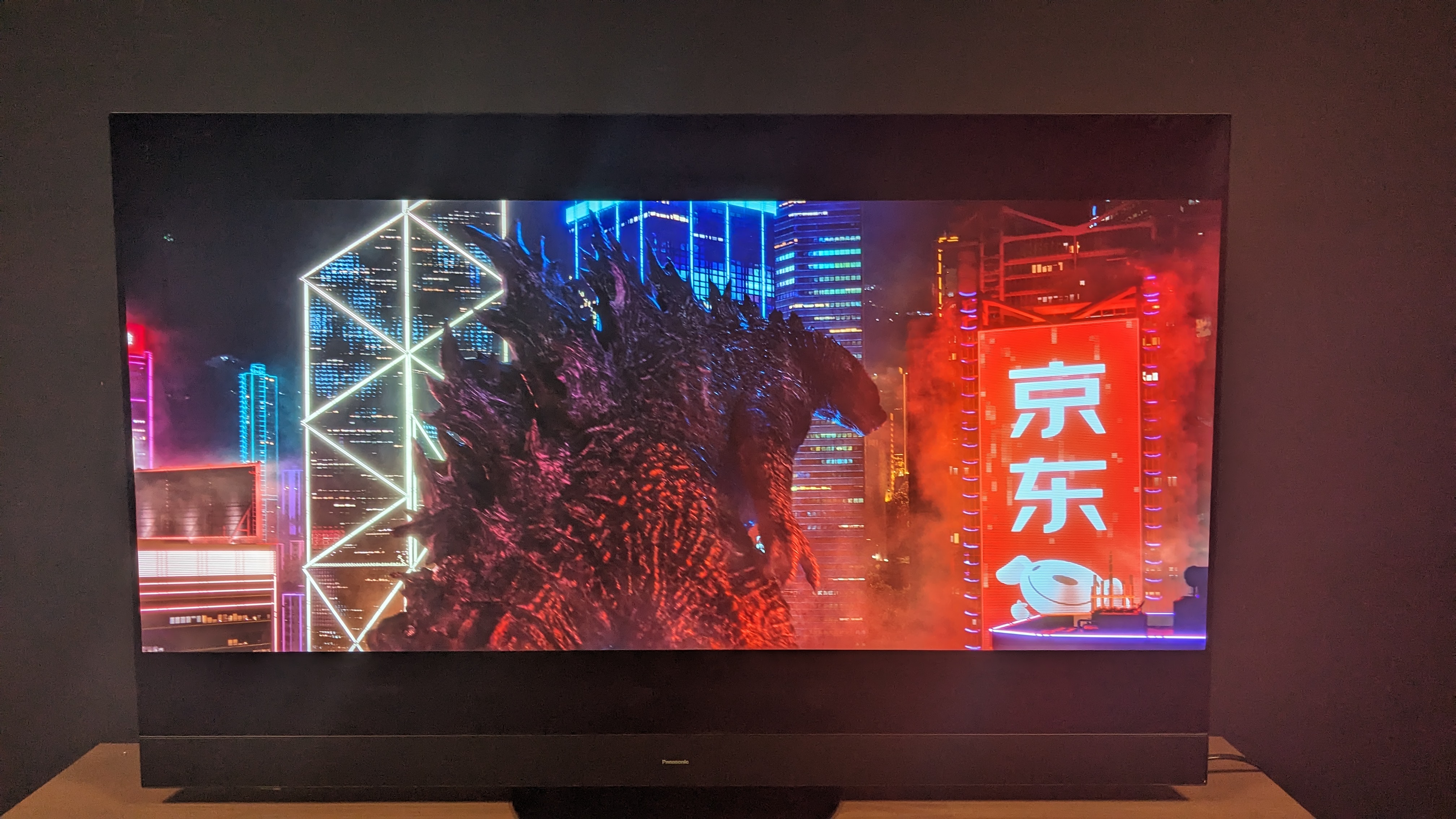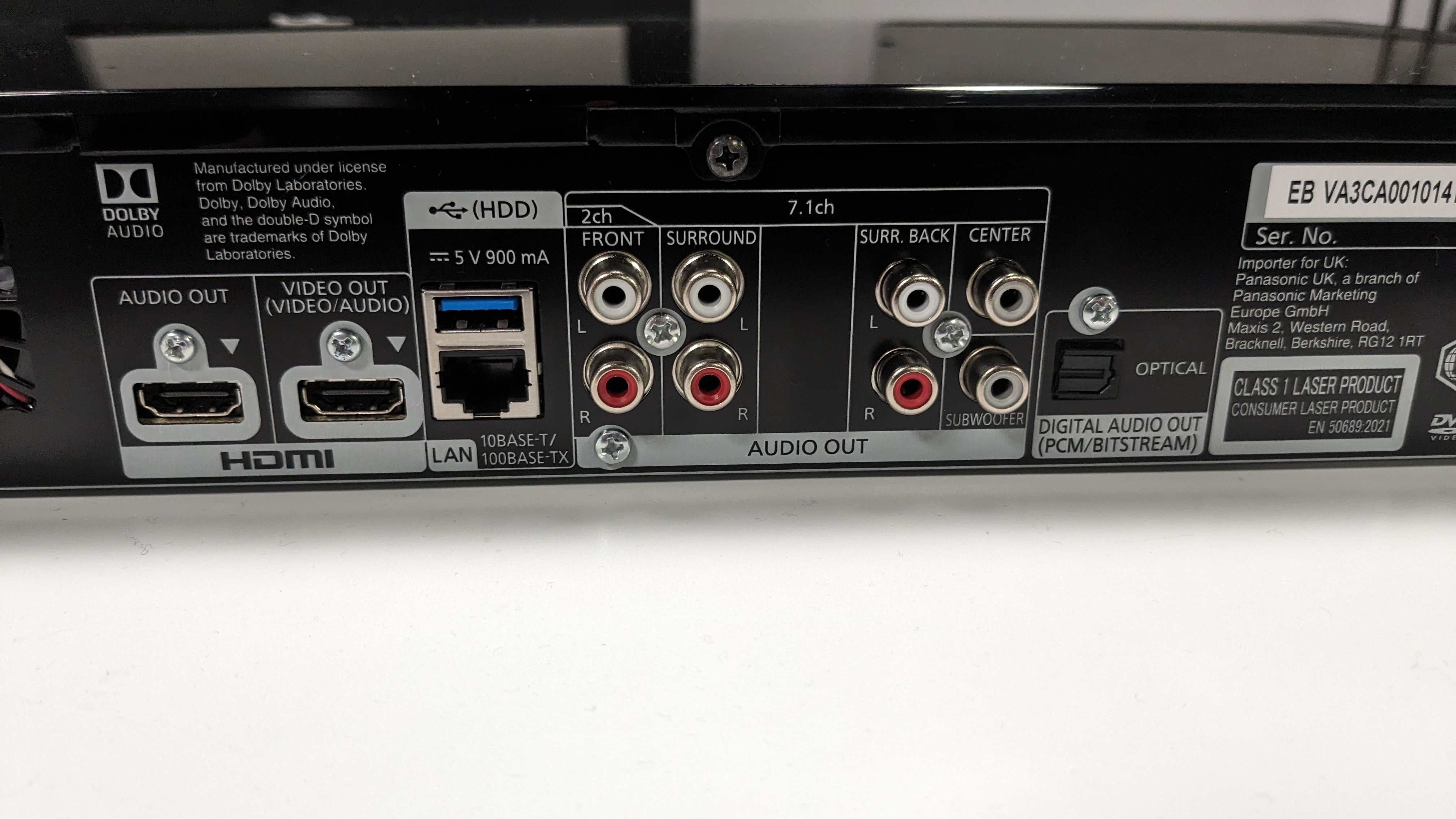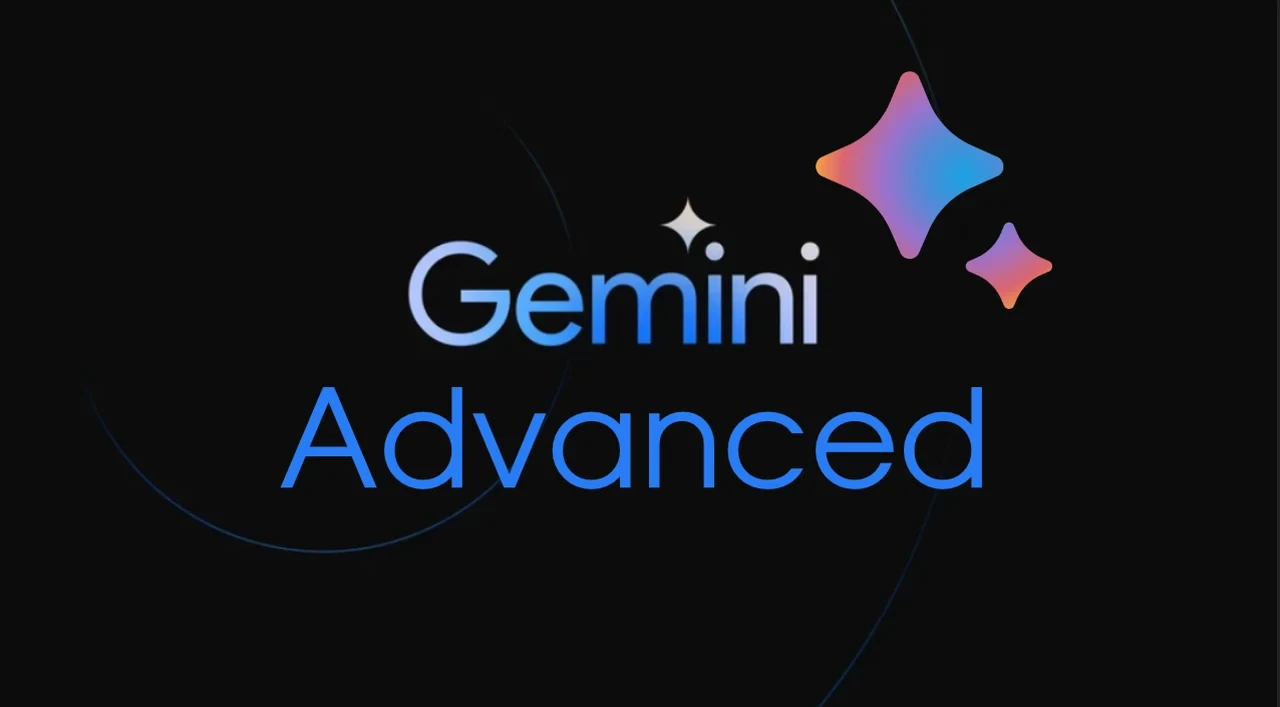[ad_1]
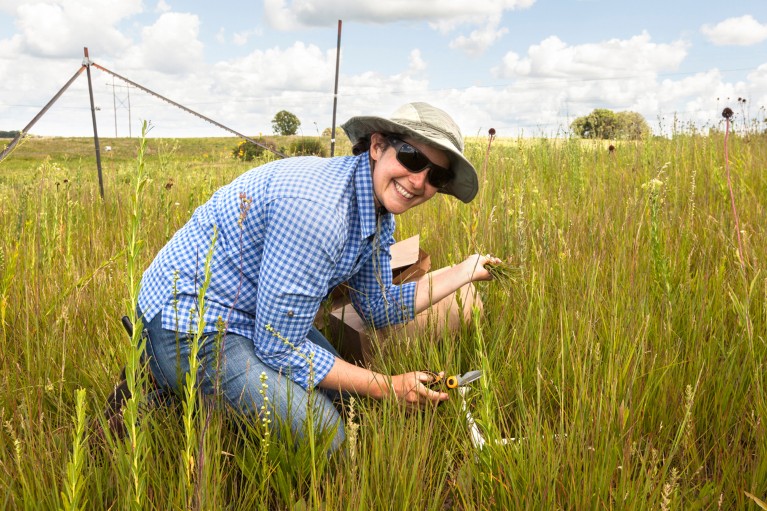
Now a research scientist at The Nature Conservancy’s Nachusa Grasslands, Elizabeth Bach used her passion for the prairie to chart her career path.Credit: Dee Hudson
As a graduate student, Shradda Dhungel studied how air pollutants move through the Himalayan valleys in Nepal — her home country. That practical experience led her in an unexpected direction: working at an environmental non-governmental organization (NGO).
After earning her PhD in environmental science at the University of Virginia in Charlottesville in 2017, Dhungel taught undergraduates physical science and ecology at the Fashion Institute of Technology in New York City. Through teaching, she realized that she loved sharing scientific knowledge with the public. Eventually, Dhungel concluded that she wanted her work to have a practical impact on people and policymaking.
So, in 2021, she applied for a postdoctoral position at the Environmental Defense Fund (EDF), a science-led environmental organization in New York City. She now works to mitigate global and regional levels of methane, to help inform policymaking and encourage efforts to curb emissions of the greenhouse gas.
Working for the EDF, Dhungel’s applied research directly helps people and the planet, which she says is her calling. (Dhungel finished her EDF postdoctoral programme earlier this month and is now looking for a full-time scientist position at other climate-focused non-profit organizations.)
Dhungel is among a small but relatively stable cohort of graduate students who have left academia for the non-profit sector. Data from the US Survey of Earned Doctorates show that, of all individuals awarded a PhD in 2021 or 2022, 6.5% — most of whom studied science or engineering — left academia for non-profit organizations. Many scientists working at NGOs wanted to see their work make a difference in communities and the environment, and have the ability to influence policy at early career stages.
“There is a chance for me to contribute something quite tangible,” says environmental engineer Kashif Shaad, who is based in Singapore but works at Conservation International, an NGO in Arlington, Virginia.
Researchers are key to the work of science-focused environmental non-profit organizations, which often conduct projects for or in partnership with other groups. Scientists help to deliver evidence to inform policymaking and turn findings into practical solutions, says Rebecca Shaw, chief scientist at the World Wildlife Fund (WWF), an international wildlife-conservation organization in Washington DC. Non-profit organizations need a strong supply of highly trained scientists to help find and apply solutions to global environmental challenges, from climate change and plastic pollution to biodiversity crises.For a scientist, daily work at an environmental non-profit group can be similar to that in academia, but there are key differences in the application process, climbing the career ladder and publishing research.
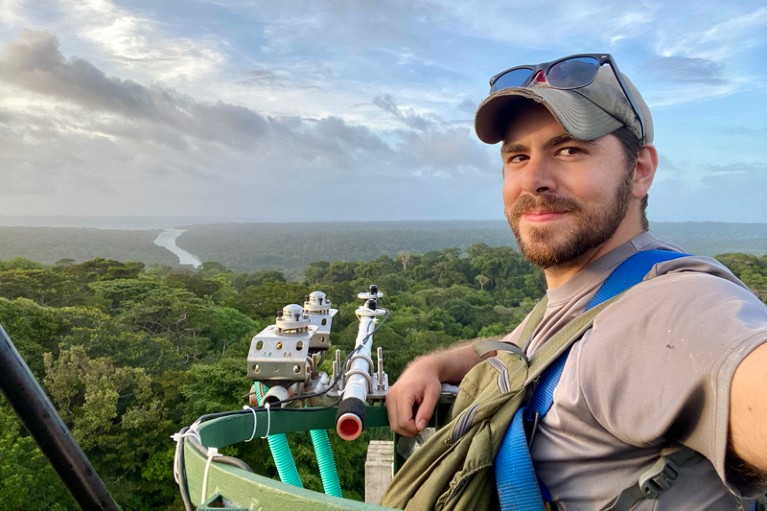
Kenneth Davidson gained skills during his PhD field work at the San Lorenzo Protected Forest (pictured) in Colón, Panama, that prepared him for work at the non-profit organization American Forests.Credit: Kenneth Davidson
Many researchers in this sector still present their work at conferences and publish manuscripts in journals, but publications and citations are not their principal measure of success. More important is delivering solutions to policy partners, such as local governments or foundations, and helping to create real-world change.
Adapting to non-profit work
“I’m still a researcher. I still want to get publications out there. But working with local partnerships is paramount,” says Kenneth Davidson, who last year earned a PhD in plant physiological ecology at Brookhaven National Laboratory in Upton, New York. He now works at American Forests, a forest-conservation organization in Washington DC.
Salary ranges can be similar to those for academic posts or slightly higher or lower, depending on the position and size of the organization. But, Davidson adds, NGOs provide more job security than academia for early-career scientists, and offer more flexibility. “Being able to start earning and saving right out of grad school was a huge draw to a non-academic path,” he says.
To successfully transition to non-profit work, academics must shift their mindset, recognizing that their research must always have practical applications for real-world challenges. At an NGO, science is not done just in the pursuit of knowledge.
“You’re really listening deeply to the issues at hand, and the struggles people are having. You’re developing questions and analyses to address those challenges,” explains Shaw.
Environmental non-profit groups come in many sizes and flavours, and the roles for scientists can differ depending on the organization’s scope and mission. Some positions have a strong research focus; others are more involved in policy development or conservation practice. The WWF, a large global organization, employs 27 full-time scientists in its US office alone — most of whom have a PhD. It also has scientists in its other offices, including 16 in the United Kingdom. It offers three postdoctoral fellowships in its US science team and provides funding for PhD candidates and postdocs from Latin America, the Caribbean, Asia and Africa through a capacity-building programme. The WWF runs a broad array of research projects — ranging from how to transition to renewable wind and solar energy sources without harmful ecological impacts, to investigating the shifts in food production and dietary patterns needed to ensure that all people have access to healthy food. By contrast, American Forests, which is smaller in size and scope, employs around 30 scientists in total, 6 of whom have PhDs.
Dhungel found that applying for her postdoctoral position at the EDF was different from the academic hiring process. Instead of submitting a written research proposal, she went through two rounds of interviews and gave a presentation about her previous work and relevant experiences to an audience not limited to just scientists.

Environmental scientist Shradda Dhungel found her stride working at the Environmental Defense Fund on applied research that helps the planet.Credit: Shradda Dhungel
Davidson says that, after completing his PhD, it took him a few tries before he understood how to adapt his job-seeking strategies and applications to NGOs. He noticed that networking processes were different. For example, in academia, open positions often circulate through word of mouth and on social-media platforms such as X (formerly known as Twitter). Applicants also often approach principal investigators through e-mail, introducing themselves and providing links to their publication lists.
By contrast, finding non-profit positions involves searching for advertisements on jobs boards and LinkedIn, a professional networking site, says Davidson. He quickly spruced up his previously sparse LinkedIn profile. Davidson also tailored his CV to highlight sought-after skills and experiences in the non-profit sector, in particular ‘soft skills’ related to interacting and collaborating with others.
“It’s the same educational background and the same research, but just the way that I describe things had to shift completely,” he says. For example, for an academic audience, Davidson focused more on the scientific details of his research; for an NGO, he emphasized his experience partnering with other non-profit organizations and the practical applications of his work.
It took Davidson about six months to land his job at American Forests, where he models ecosystem carbon flux to help the Oregon Department of Forestry assess forest carbon and comply with emissions reporting requirements. Showing how your research is relevant to policy or environmental practice is crucial to getting your foot in the door, Davidson says.
Also, candidates who can demonstrate experience in collaborating with partners outside academia will go further, says Davidson. For example, during the fourth year of his PhD programme, he spent a summer working on a project for Black Rock Forest, a non-profit research organization in Cornwall, New York, where he looked at how the associations between leaf traits and water-use efficiency vary across a growing season. The project was separate from his PhD, but ultimately contributed a chapter to his thesis — and probably strengthened his job applications, he says. This experience also showed him what working for a non-profit organization is like.
Elizabeth Bach, an ecosystem-restoration scientist at the global non-profit The Nature Conservancy (TNC), who is based in Franklin Grove, Illinois, took a different approach. Even while pursuing her PhD in ecology and evolutionary biology at Iowa State University in Ames in 2010–14, she knew that she didn’t want a conventional academic career.
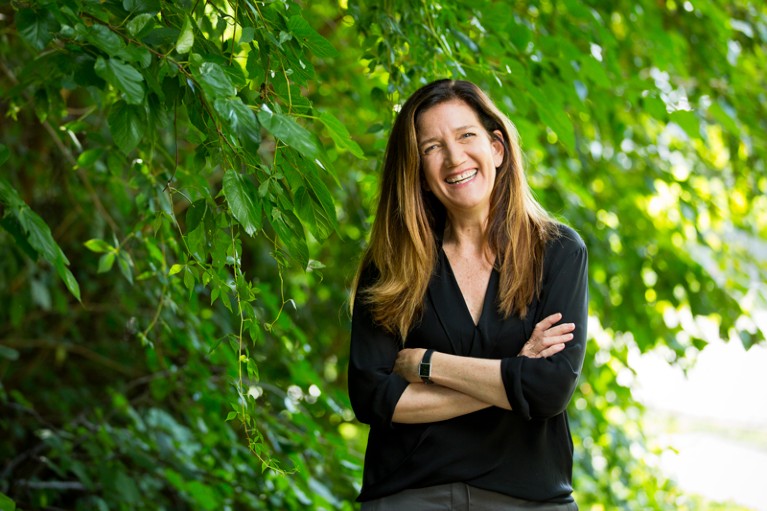
Rebecca Shaw, chief scientist at the World Wildlife Fund, says that non-profit work requires researchers to find practical applications of science to address real-world challengesCredit: WWF-US/Rebecca Drobis
“I absolutely love the tallgrass prairies of the Midwest,” she says, which is where she grew up. Her passion for this at-risk ecosystem helped to chart her career path. At the end of her PhD programme, she looked for postdoctoral opportunities that would give her applied-science experience. In 2014, she became a postdoc at the Illinois Natural History Survey at the University of Illinois Urbana-Champaign, where she catalogued and studied the diversity and ecology of the state’s fauna and flora to help inform management of natural resources.
“It was a foot in the academic world and a foot in the world of applied science,” she says.
Two years later, she began a second postdoctoral programme, with a stronger focus on science policy, at the Global Soil Biodiversity Initiative, an international collaboration to inform the public and policymakers on soil health, based at Colorado State University in Fort Collins.
In 2018, her earlier applied-science and policy experiences landed her at her dream job at the TNC, she says. She leads a research programme at the Nachusa Grasslands nature preserve in Illinois, examining tallgrass-prairie restoration ecology. Bach’s research focuses on how soil and life below ground support tallgrass-prairie ecosystems through plant and soil interactions and nutrient and carbon cycling. She advises others who want to work at a non-profit organization to deliberately build up relevant technical skills through postdoctoral programmes and other opportunities, such as volunteering.
Perks of the non-profit path
Scientists working in the non-profit sector will typically spend less time in the laboratory than will those in academia, but this can depend on the job and the organization, says Shaw. Dhungel says her workdays at the EDF are spent doing research and analysing data, mirroring her academic days. By contrast, Bach’s job involves hands-on land management at the nature preserve, including helping to coordinate prescribed fires and making decisions about planting new prairies and protecting existing ones, in addition to running a research project.
Dhungel enjoys other perks in her non-profit position. Even as a postdoc, she can work with external partners and contribute directly to policymaking. She feels that, if she had an academic position, this wouldn’t happen until much later career stages.
And although environmental NGOs use cutting-edge science for practical applications, such as developing policies or conservation practices, the work is still intellectually stimulating, says Davidson. The applied science that non-profit groups pursue is often what attracts researchers to join their cause.
Shaad loves that his job entails working with and learning from local communities and conservation practitioners. “There are so many passionate people on the ground. I get to learn from them and place that in my own universe of thinking about things,” he says.
In 2015, Shaad completed a postdoctoral programme at Conservation International, where he helped to develop a system to judge the health of freshwater ecosystems in Jakarta. He has been at the organization ever since, and now heads a freshwater-conservation programme. Shaad was drawn to researching water issues after growing up in Bhopal, India, in the aftermath of a toxic gas leak in 1984 from US firm Union Carbide’s pesticide plant, which killed thousands and contaminated the area’s groundwater.
He earned his PhD in environmental engineering at Swiss Federal Institute of Technology (ETH) Zurich and says that transitioning to non-profit work involves a “steep learning curve”. It helps to be humble and to talk to people who have built knowledge and expertise through non-academic routes, he advises.
Leaving academia can be scary and difficult to explore openly, owing to fear of losing support from supervisors, says Shaw. “Academia can make you feel very bad for not choosing it,” she says. But, she advises, if your heart isn’t in it, then “just make the leap”.
[ad_2]
Source Article Link



